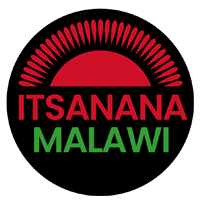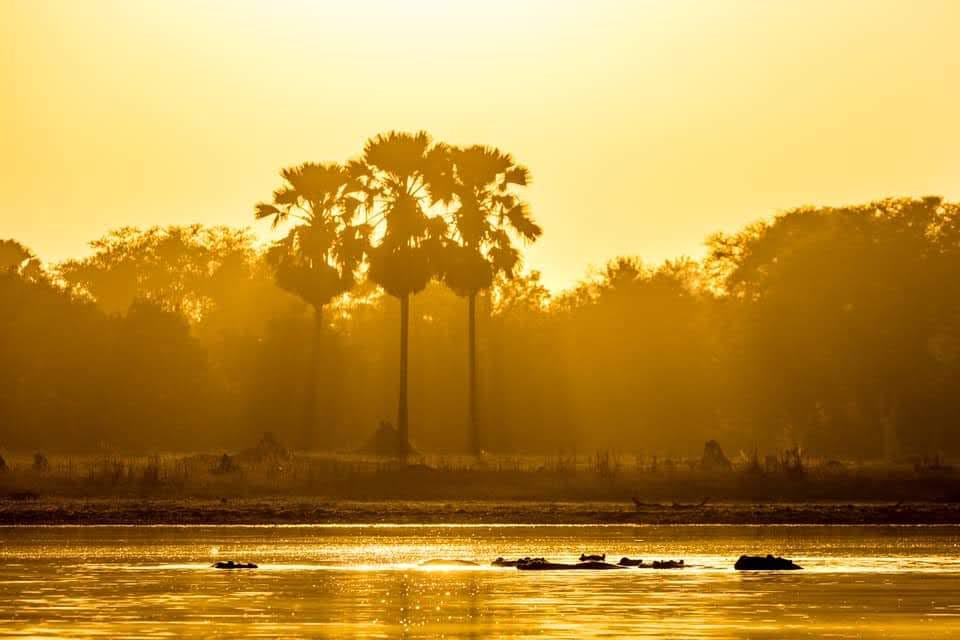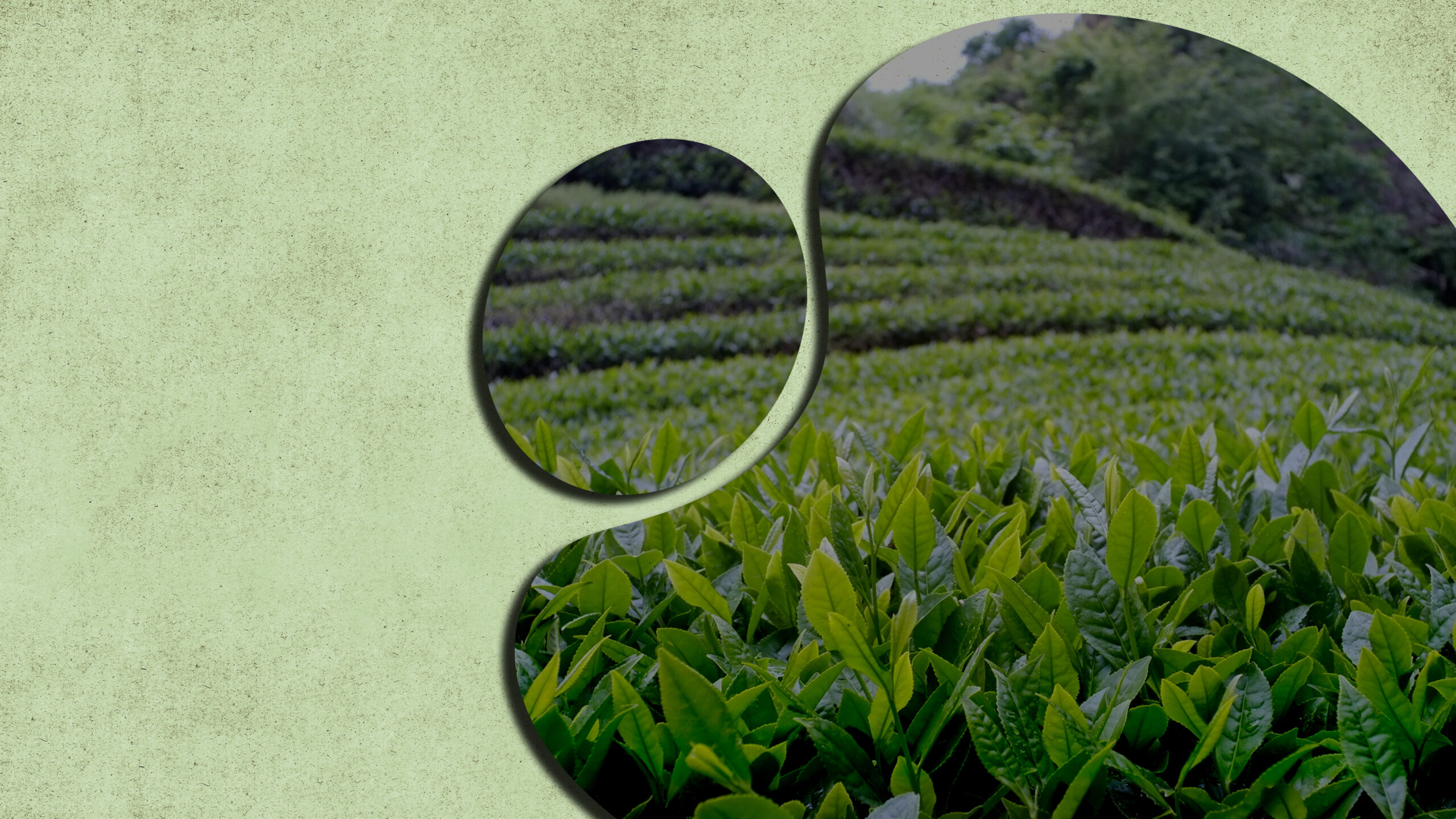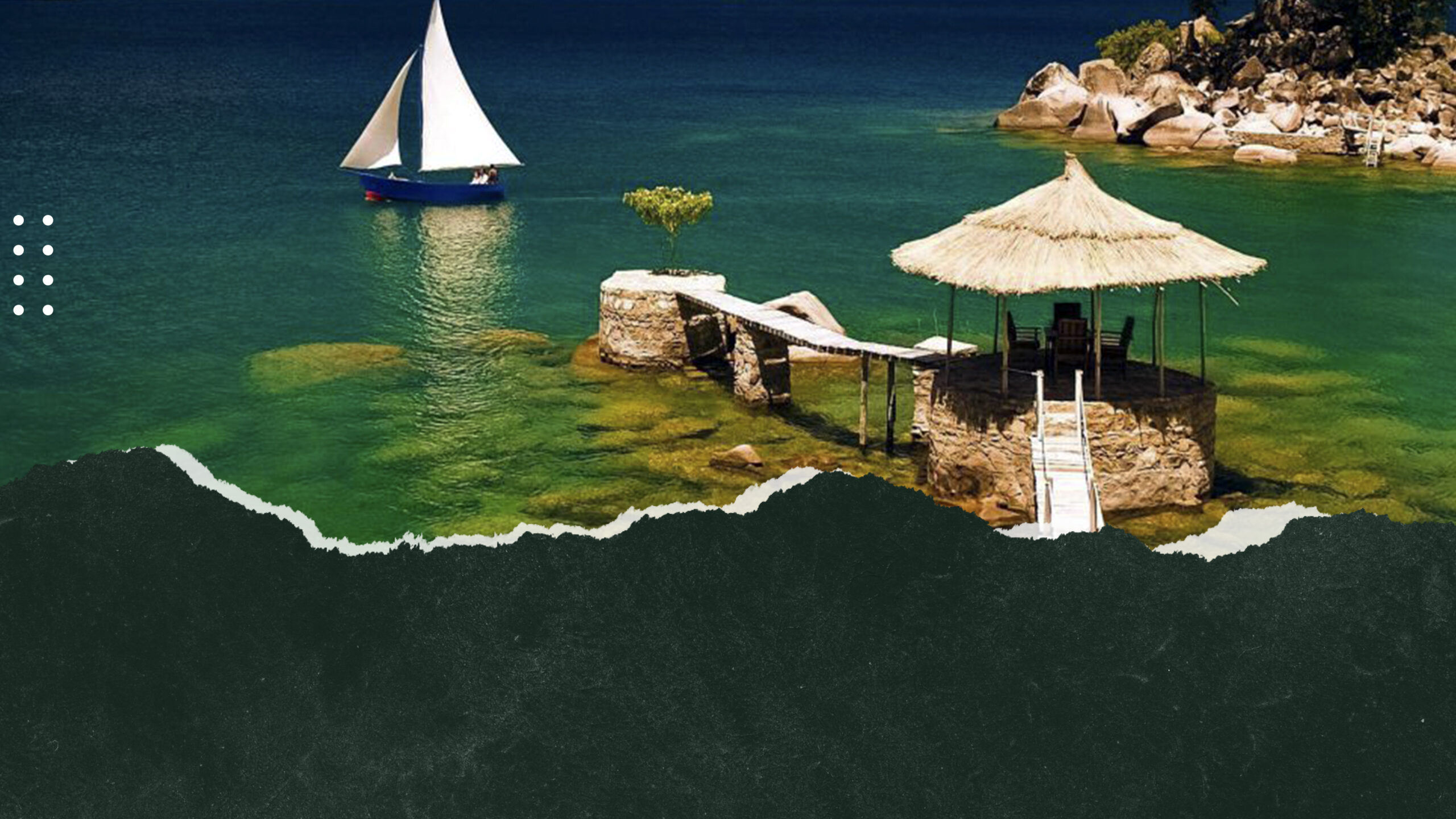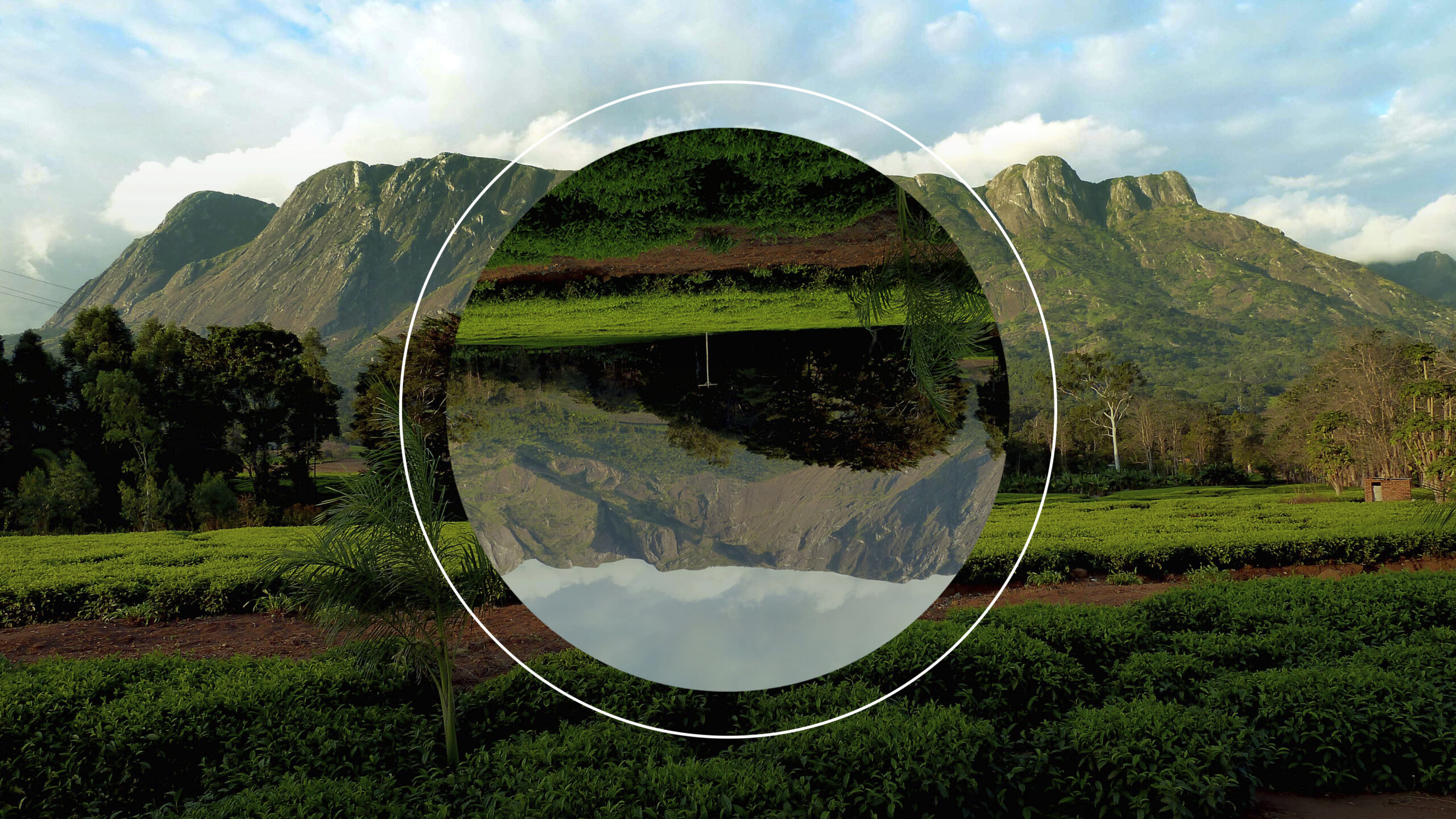SEE & DO - LIWONDE
The influential Yao chief Liwonde has lent his name not only to Malawi’s tenth largest town, situated at the juncture of the M3 and the Shire river south of Lake Malombe, but also to the country’s finest safari destination Liwonde national Park. Both the town and the national park are dominated by the captivating tropical aura of the Shire river, but while the town otherwise a somewhat humdrum affair, the national park is a true gem, one that ranks highly on any ‘to do’ list for Malawi. True, when it comes to Big Five game viewing, Liwonde National Park doesn’t compare to the best on offer in neighbouring Zambia or Tanzania (though there’s plenty of wildlife around, notably dense concentrations of elephant, hippo and crocs). But it is undoubtedly one of the prettiest game reserves in central Africa, the opportunity to explore the magnificent palm-fringed river by boat is not to be missed, and the birdlife is outstanding.
Liwonde Town
Gateway to the eponymous national park, Liwonde is a more substantial town than first appearances might suggest, with a population estimated at 31,000. It straddles the Shire river about 40km south of the outlet from Lake Malombe, and only 5km from where it flows out of the southern boundary of the national park. Like so many Malawian towns, Liwonde comprises two discreet parts. The compact Old Town centre, which lies about 1km southeast of the Shire river immediately north of the M3 between Mangochi and Zomba, is quieter but more developed in terms of urban facilities, housing a large hospital and organised market. On the northwest side of the road barrage, a scruffier and contrast, is the satellite town referred to as Liwonde Barrage, a scruffier and livelier settlement that grew organically around the police block and bus stop on the M3.
Even those in transit, with no intention of visiting the national park, might want to stop at Liwonde barrage to soak up the archetypal tropical African river scene: low-wooded hills in the background, fishermen punting past in traditional dugouts, hippos grunting and snorting, and thick reed beds rustling with birdlife, one of the several hotels that line the river on wither side, or leave yourself time to spend a night on the riverfront, and maybe take a boat trip a short way upriver to look for hippos, birds and other wildlife.
Getting there and away
Liwonde is a major route focus, situated alongside the M3 about 100km north of Blantyre, 50km north of Zomba and 75km south of Mangochi. Branching west from the M3 a few kilometres north of town, the M8 leads via Balaka to the M5 northward to Salima and the M12 to Dedza and Lilongwe, which is 220km away. All these roads are surfaced and in good condition, but taking traffic into account, allow 90 minutes to drive from Blantyre in a private vehicle, and three-four hours from Lilongwe. There are regular buses in every direction, though many don’t actually go into town but stop at Liwonde Barrage and the turn off to the Old Town centre. By contrast, minibuses out of Liwonde leave the station (154 B6) in the Old Town centre. Liwonde is also the best place to board the train to Nayuchi on the Mozambican border.
Briggs, P. (2010). Liwonde. In: Briggs, P Malawi. 5th ed. Connecticut: Bradt. p153-155
